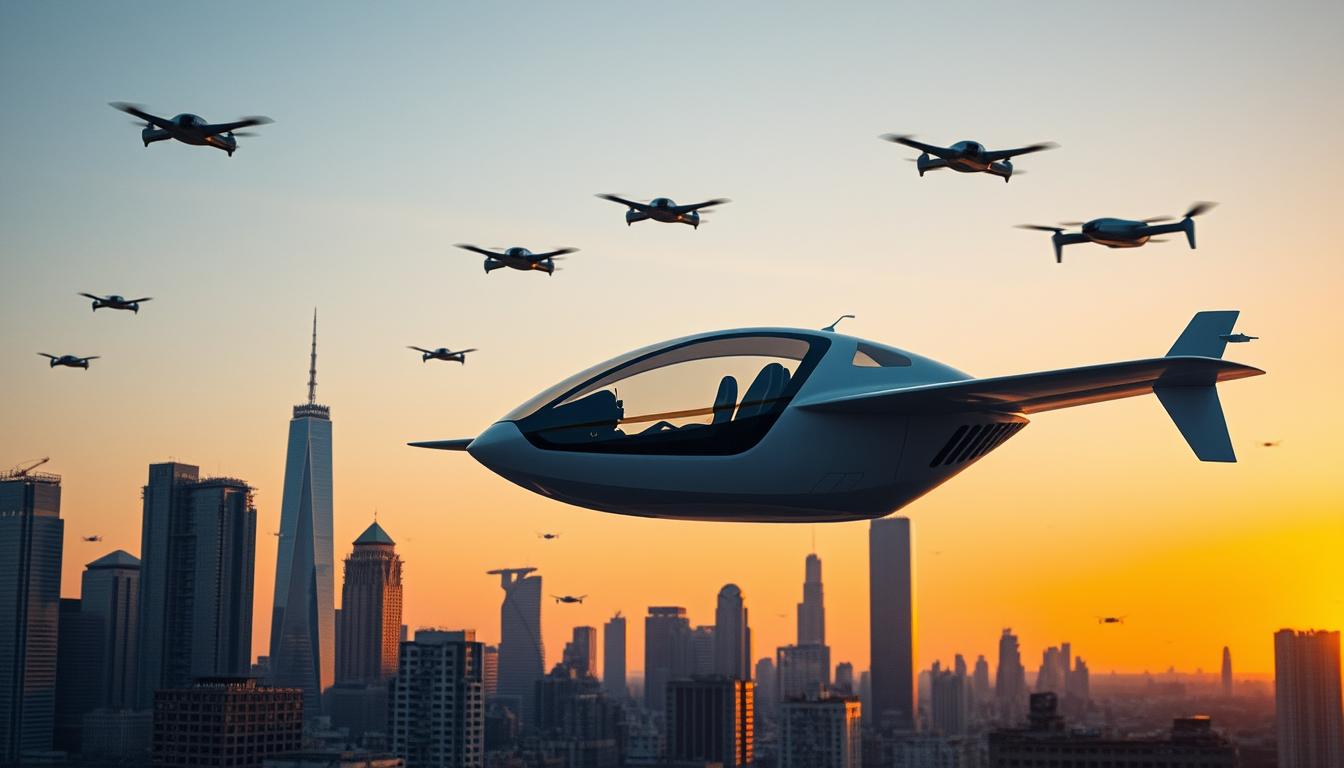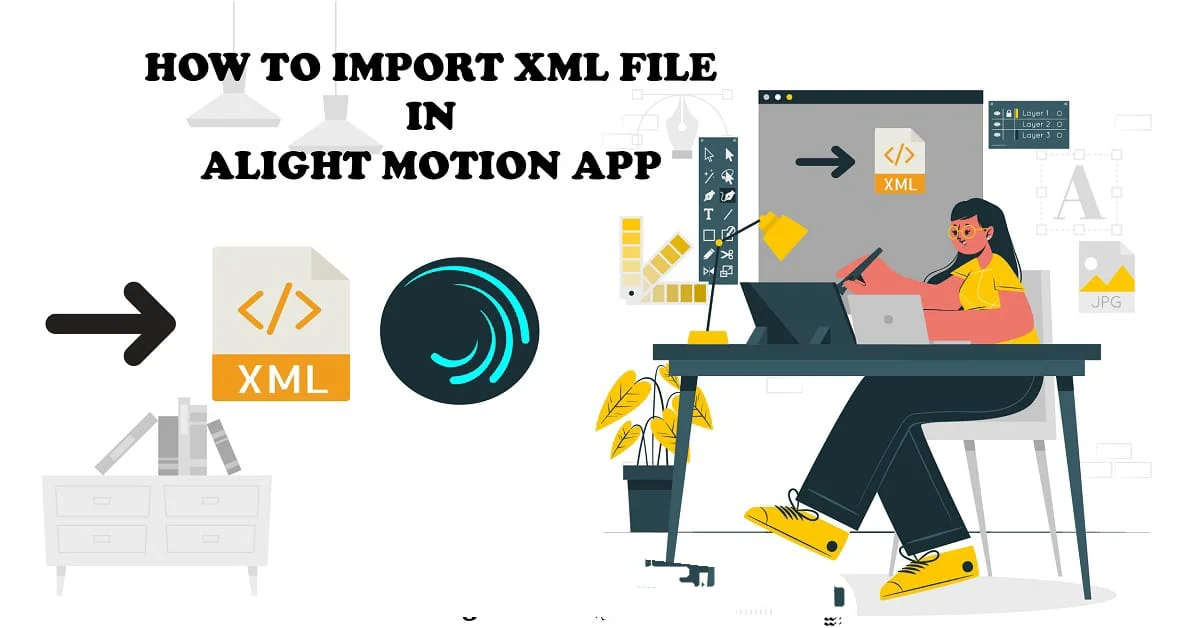Your cart is currently empty!

Flying Cars in 2025: How They Are Revolutionizing the Future of Travel
I unpack the latest advancements in flying car technology and their impact on the future of mobility.
I’m thrilled to talk about flying cars, a new way to travel that’s getting more attention. Companies like Uber and Lilium are putting a lot of money into making them a reality. This shows that personal air vehicles are the future of transportation.
Flying vehicles could change how we travel, making it quicker, more efficient, and easier. As the tech gets better, flying cars will soon be a common way to get around. They offer a new freedom and flexibility, making them appealing for those seeking a modern travel option.
Table of Contents
Key Takeaways
- Flying cars are a new mode of transportation that is gaining popularity
- Companies like Uber and Lilium are investing in flying car technology
- Personal air vehicles have the potential to revolutionize the way we travel
- These cars can bypass traffic congestion and offer a more personalized travel experience
- They are a futuristic transportation solution that is becoming a reality
- Flying cars can provide a new level of freedom and flexibility
The Current State of Flying Cars in 2025
I’m excited to share the latest in flying car technology. Many big players are investing in research, leading to big steps forward. Boeing, Airbus, and Joby Aviation are leading the way with safer, greener flying cars.
They are changing how we see transportation. Electric and autonomous tech are making them more real. The market is also showing promise, with venture capital backing startups.
Major Industry Players
- Boeing: Developing electric vertical takeoff and landing (eVTOL) aircraft
- Airbus: Investing in urban air mobility solutions
- Joby Aviation: Creating advanced aerial vehicles for commercial use
Recent Breakthrough Technologies
New tech in flying cars includes electric propulsion systems and autonomous navigation systems. These make flying cars better, safer, and kinder to the planet.
Market Investment Overview
The investment in flying car tech is looking good. Venture capital firms are backing startups. This support is fueling innovation and growth, promising big changes soon.
How Flying Car Technology Actually Works
I’m diving into the world of flying car innovation, and it’s thrilling. These machines have a heart of electric propulsion, autonomous systems, and advanced materials. The electric motors power the flying car, making it quiet and efficient.

Advanced materials like carbon fiber and aluminum are key. They help reduce weight and boost efficiency. This, along with autonomous systems, lets flying cars move with precision.
Some main features of flying car tech are:
- Electric propulsion systems for efficient and quiet flight
- Autonomous systems for navigation and control
- Advanced materials for reduced weight and improved efficiency
These features make a flying car exciting and practical. They’re leading us to a new era of urban air mobility and future solutions.
Essential Components of Modern Flying Vehicles
Exploring flying cars, I find the parts that make them work fascinating. These parts are key to making a flying car a part of our daily lives. From how they move to safety features, each part is vital for a safe and smooth flight.
Electric motors have changed how we see flying cars. They power these vehicles efficiently, making them a big part of the industry. I’m looking forward to seeing how these parts will keep getting better.

- Propulsion systems: These systems use electric motors to power the flying car, making aerial commuting a reality.
- Navigation and control mechanisms: These mechanisms use sensors and software to navigate and control the vehicle, ensuring a safe and secure flying experience.
- Safety features: Emergency parachutes and redundancies like duplicate systems are critical for passenger safety in personal air vehicles.
As the flying car industry grows, focusing on these components is key. With flying cars becoming part of our daily lives, the future looks exciting. It’s thrilling to think about what flying cars will bring.
Environmental Impact and Sustainability Challenges
Exploring flying cars, I look at their environmental impact and sustainability challenges. Making and using flying cars needs a lot of energy, causing greenhouse gas emissions. But, companies are working on electric and hybrid flying cars to lessen this impact.
Flying cars could help by reducing traffic and promoting urban air mobility. They offer a new way to travel, cutting down on road vehicles. This means fewer emissions and less air pollution. Plus, flying cars can be made to use less energy, thanks to new materials and systems.
For flying cars to be sustainable, we need to focus on a few things:
- Energy efficiency: Creating flying cars that use less energy, like electric or hybrid ones
- Alternative fuels: Looking into fuels like hydrogen or biofuels for flying cars
- Materials: Using eco-friendly materials in making flying cars, like recycled metals or carbon fiber

As flying cars evolve, we must put sustainability first. By supporting future mobility solutions and urban air mobility, we can build a greener, more efficient transport system for tomorrow.
The Reality of Urban Air Mobility Integration
As flying car technology moves forward, flying cars in our cities is becoming real. The idea of advanced aerial vehicles flying over cities is now possible. With flying vehicle innovation leading the way, we need to think about the needed infrastructure and rules.
Urban air mobility needs several important things. These include:
- Development of vertiports and charging stations
- Implementation of air traffic management systems
- Establishment of regulatory frameworks to ensure safety and security
These elements are key to the future of flying cars in cities. As flying car technology grows, we must tackle its challenges and benefits. By focusing on advanced aerial vehicles and flying vehicle innovation, we can build a better, greener, and more connected transport system.
In summary, making flying cars a part of city life is complex. But with the right setup, rules, and flying vehicle innovation, it’s achievable. By embracing advanced aerial vehicles and flying car technology, we can improve city travel for the future.
Personal Air Vehicles: A New Era of Transportation
Exploring futuristic transportation is thrilling, and personal air vehicles are leading the way. These flying cars promise to change how we travel. They offer quick and efficient movement for everyone.
Flying cars aren’t a new idea, but tech has made them closer to reality. Companies are working hard to make flying cars a part of our lives. They aim to cut down on traffic, help cities grow better, and offer a new way to get around.
Here are some great things about personal air vehicles:
- They can go fast, saving time and making us more productive.
- They can reach places cars can’t, making travel easier.
- Electric and hybrid flying cars are good for the planet, helping us travel green.
As flying cars get better, our travel habits will change a lot. They’ll make getting around faster, more efficient, and better for the environment. The future of travel is bright, and flying cars are leading the charge. They bring us a new era of flying cars and futuristic transportation.
Cost Analysis and Market Accessibility
As flying car technology gets better, the price of these vehicles is a big deal. The first cost of flying cars is high, making them hard for many to buy. But, some companies are now making advanced aerial vehicles more affordable with financing and leasing plans.
Looking at the cost of flying cars, we must think about more than just the buy price. We also need to consider maintenance and fuel costs. Thanks to flying vehicle innovation, electric and hybrid flying cars are becoming more common. These can help lower the cost of owning one. Here are some important points to remember:
- Initial purchase price: Buying a flying car can cost between $200,000 and over $1 million.
- Operating expenses: Fuel, maintenance, and insurance can cost thousands of dollars each year.
- Maintenance considerations: Keeping your flying car in good shape is key for safety and efficiency.
Even with the high prices, many companies are trying to make flying car technology more available. With cheaper models and financing options, we might see more people using advanced aerial vehicles soon.
Training and Certification Requirements
As flying vehicle innovation grows, the need for standard training and certification is clear. With urban air mobility on the rise, it’s vital that operators know how to fly safely and efficiently.
Creating future mobility solutions depends on solid training programs. These should cover simulator, flight, and maintenance training. This way, operators will fully grasp the vehicle’s systems and what it can do.
Regulatory bodies are key in setting up these training and certification rules. They ensure only the right people can fly these advanced vehicles. This includes background checks, medical exams, and flight tests.
To make urban air mobility common, training must be open and affordable. By investing in these programs, we move towards a safer, more efficient transport system.
Important parts of flying car operator training include:
- Simulator training for emergency practice
- Flight training for piloting skills
- Maintenance training for understanding and upkeep
Conclusion: The Future Takes Flight
Flying cars are set to change how we travel. With flying car technology advancing fast, personal air vehicles are becoming part of our daily lives. Companies like Uber Elevate and Hyundai are leading the way, showing us a future with less traffic and more green travel.
There are hurdles like infrastructure and cost, but flying cars’ benefits are clear. They could cut down on traffic, help the environment, and give us more freedom. As the tech gets better and prices drop, I think flying cars will soon change how we travel in cities and beyond.


